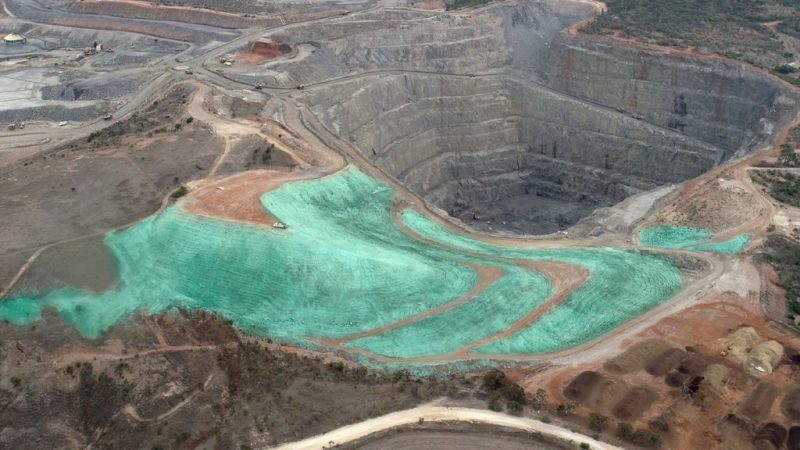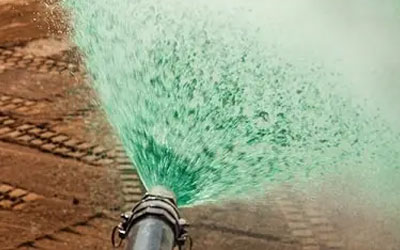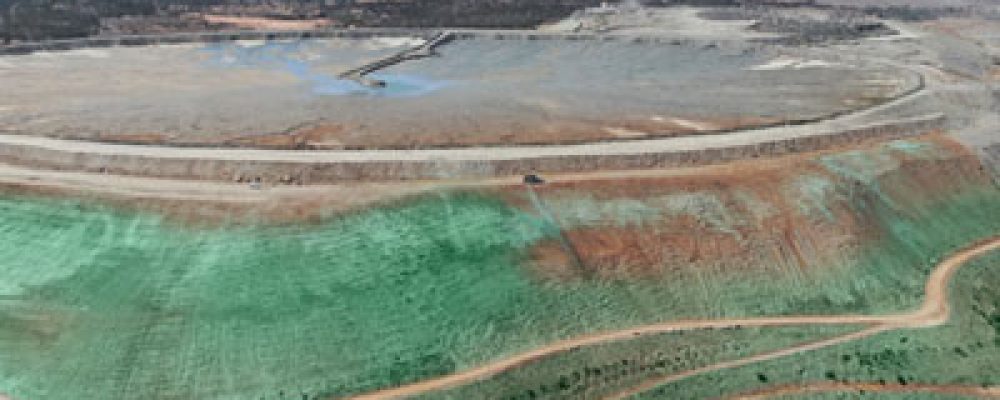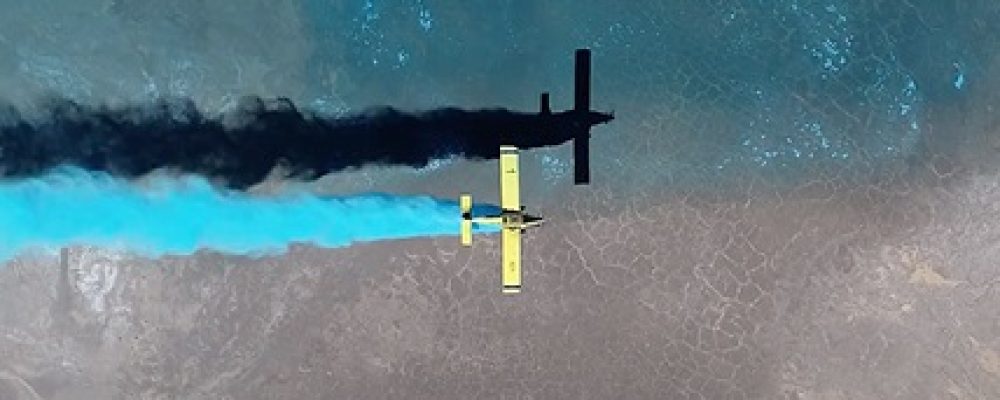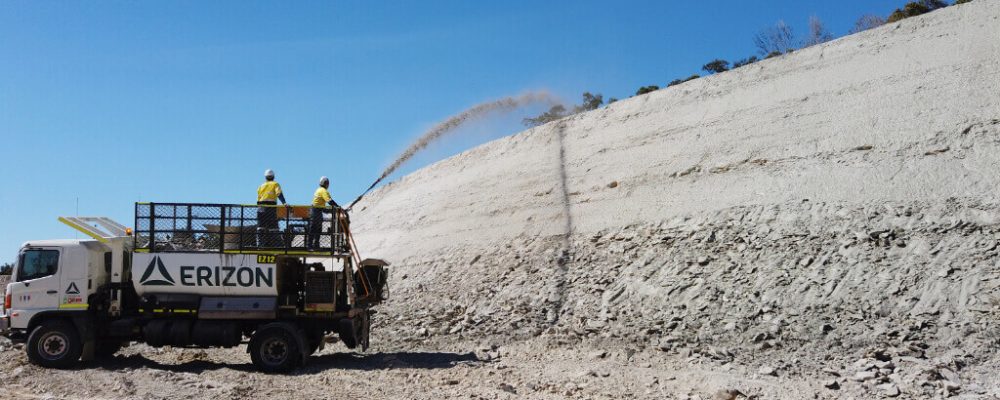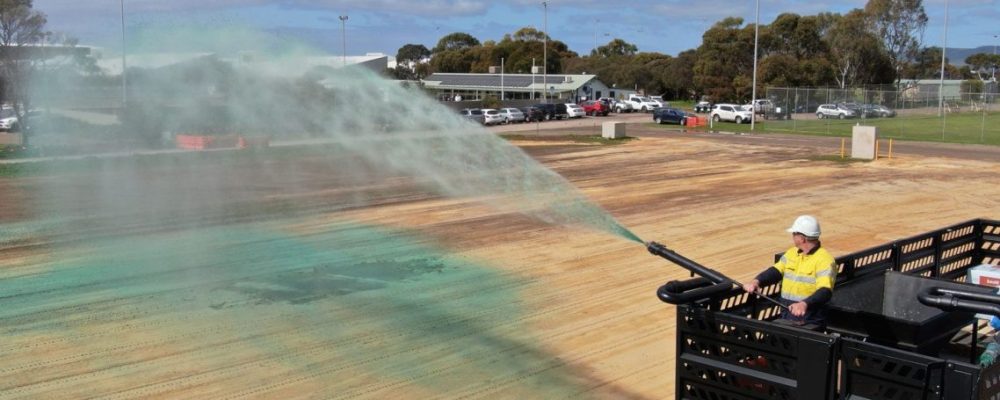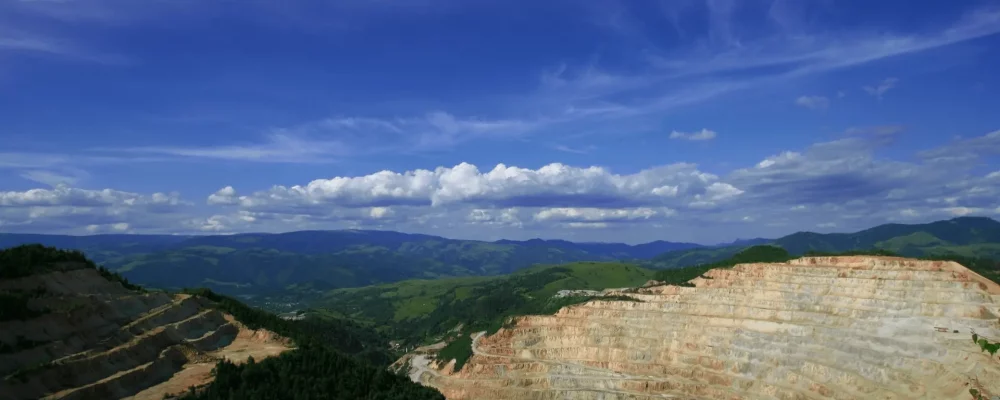Revegetation projects can face many challenges that need to be considered during the planning phase. Flooding is one problem that can arise during revegetation projects and can have severe negative impacts on plant growth. How does flooding impact revegetation projects and how can you minimize the impacts?
Negative impacts of flooding.
There are many ways flooding can negatively affect vegetation. Excessive moisture in the soil lowers oxygen levels leading to starvation of the roots. A lack of oxygen in the soil impedes respiration, which is the process through which the plant breaks down the sugars created by photosynthesis. In cases where the soil is flooded and the roots are deprived of oxygen harmful gasses such as methane, nitrogen, and carbon dioxide are produced which can ultimately lead to the roots suffocating and dying.
Soil health is an obvious concern when looking at the impact of flooding on a location. Healthy topsoil being washed away with the floodwaters often takes with it valuable nutrients and organic matter required for healthy plant growth. However, it’s not just what is carried away by the floodwaters that is a cause for concern but also what is deposited. Floodwaters can carry pollutants with them, both natural and manmade, which can hinder healthy plant growth. Healthy topsoil is a fragile balance of nutrients and microorganisms, sediments such as phosphorous, potassium, silicon, and nitrogen being deposited onto the affected area can create an unhealthy imbalance in the soil.
The effect that water has on the nutrients themselves must also be considered. Water-soluble nutrients such as potassium and nitrate-nitrogen can be leached away by the floodwaters. Through the process of denitrification, nitrogen in water-saturated soils can be converted to gaseous form and lost to the atmosphere. Phosphorous levels in the soil can be reduced due to flooding decreasing the populations of microorganisms required for creating phosphorous. When any one of these things happen, it can create an unhealthy balance in the soil hindering plant growth. In cases of severe, or extended flooding, it’s possible that all these things can happen and require action to correct.
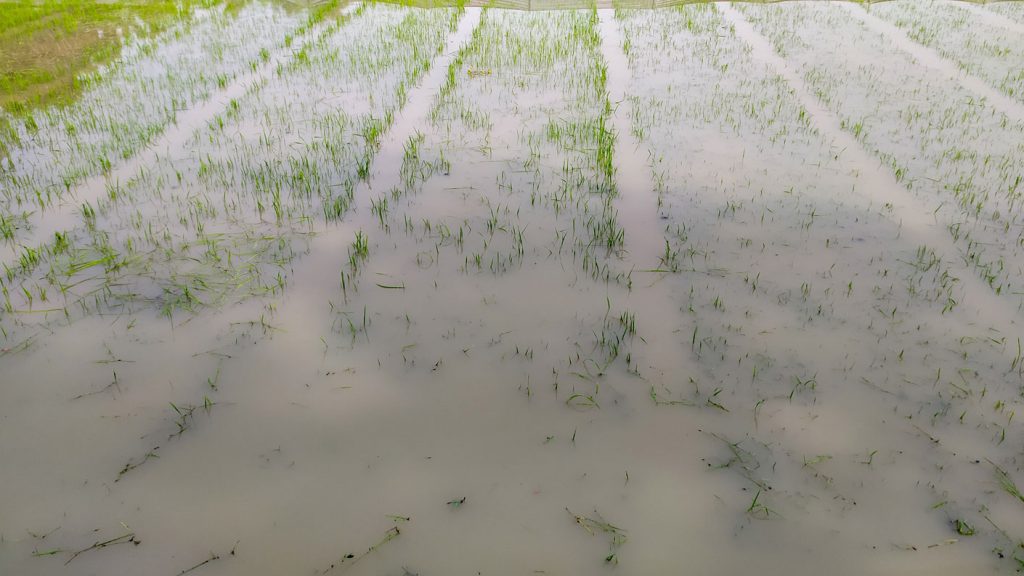
Vegetation choice
The choice of vegetation is always an important consideration during revegetation projects. In areas at risk of flooding the plant choice can have a drastic impact on how the vegetation will handle flooding. Most species of grasses have been proven to handle flooding relatively well compared to other plant species. Native grasses are a common choice for revegetation projects and are still a viable choice in locations at risk of flooding due to their typical hardiness and easy propagation. However, grasses by themselves aren’t the best option as they need other vegetation to help revegetate flooded land.
Studies have shown that diversity in plant species offers the best chance for healthy recovery in a flood-afflicted area. It is believed that the altered soil structure created by a diverse spread of plant species contributes to less nutrient loss from flooding. Additionally, differing plant species require and produce nutrients at different rates. Thanks to this, a diverse plant ecosystem offers a much faster recovery from flood-caused damage as the different plant species provide support and nutrients to each other encouraging a faster return to a healthy soil balance. So, when choosing the seeds for a revegetation project in an area with high flood risk, a diverse selection that includes grasses is often the best option.
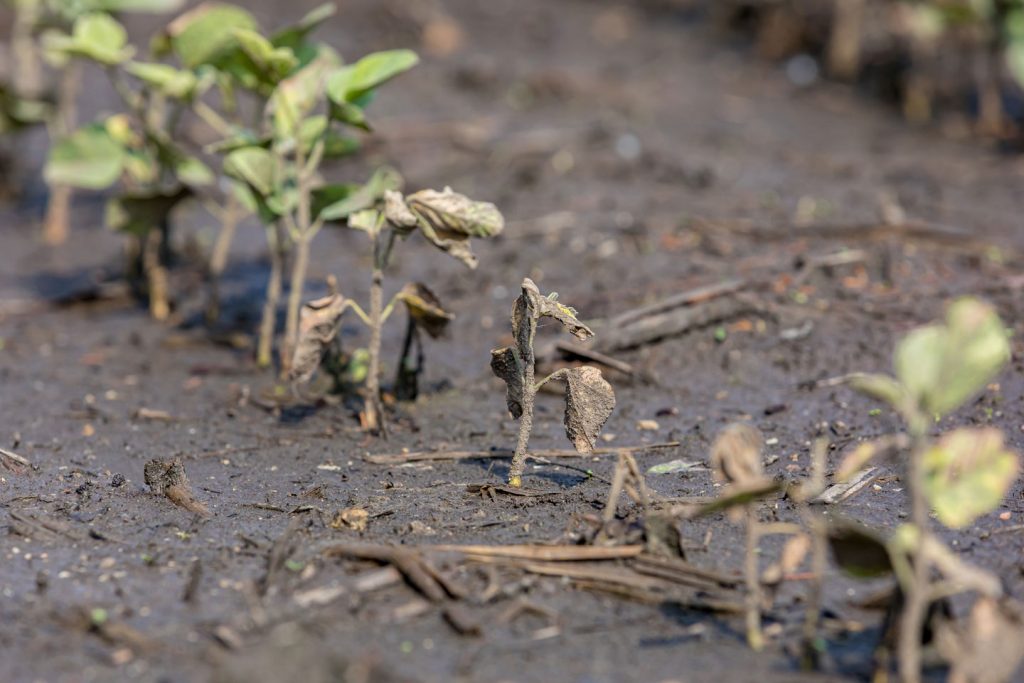
Drainage
If an area is at risk of regular flooding, then proper drainage can help reduce the impact. The use of channels and catch basins to direct and contain the excess flow off can assist in minimizing the loss of topsoil and from this prevent excessive erosion. Excessive water gathered in a catch basin will disperse back into the soil over time, continuing to encourage healthy vegetative growth. In cases where flooding is likely to be a regular occurrence, a catch basin may not be appropriate as it may not be able to contain all the excess water flow. In these cases, building multiple channels to encourage drainage into existing waterways is often the best choice. This is due to the fact that oxygen starvation is one of the largest risks from flooding, hence why the drainage of excess water is an important factor to consider in these locations.
In any revegetation project, an expert’s advice is always a benefit. In projects with additional challenges such as a high risk of flooding it’s essential that you consult with specialists and experts in the environmental management field. Erizon are national environmental experts and should be your first choice for revegetation projects.
